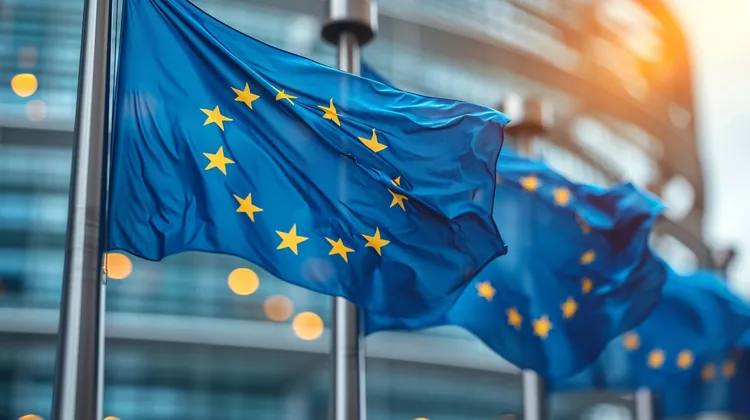European Union (EU) officials at the European Banking Authority (EBA) have underlined the value of industry feedback in shaping the regulatory landscape for stablecoins under the proposed Markets in Crypto Assets (MiCA) regulation framework. Industry engagement is touted as “really important” for crafting balanced rules that would encourage innovation while ensuring financial stability and consumer protection.
Stablecoins, which are a type of cryptocurrency designed to maintain a stable value by being pegged to an asset such as a fiat currency or gold, have been on the regulatory radar due to the potential systemic risks they pose to financial systems. The rapid growth of stablecoins has prompted regulators around the world to consider how these digital assets should be governed.
In the context of the EU, the proposed MiCA regulation represents one of the most comprehensive attempts to create a legal framework for the cryptocurrency market, including stablecoins. The main goal of MiCA is to provide a harmonized set of rules for crypto assets that would apply across all EU member states, which is a departure from the current patchwork of national regulations.
EBA officials have emphasized that, in developing these regulations, input from EU industry stakeholders is invaluable. Companies that are operating in the crypto space have practical experiences and technical insights that can inform the rulemaking process in meaningful ways. Industry input can help to strike the right balance between mitigating risks and fostering an environment where innovation can thrive.
The MiCA framework seeks to address issues such as consumer protection, market integrity, and the prevention of financial crimes. When it comes to stablecoins, which can be used for payments and may attract large amounts of consumer funds, there are particular concerns about liquidity, reserve management, and the rights of stablecoin holders.
The EBA acknowledges that the complexity of stablecoin arrangements requires nuanced regulatory approaches. For instance, the differentiation between so-called “e-money tokens,” which are similar to electronic money and fall under existing financial regulations, and “asset-referenced tokens,” which are pegged to multiple currencies or other assets, requires careful consideration in a regulatory context.
Effective regulation, as EBA officials suggest, should not stifle innovation or advantage certain actors over others. It should provide clarity and certainty to industry participants while also preserving the capacity for new business models and technologies to emerge. Input from the industry helps regulators to understand the potential impact of proposed regulations on different business models and technologies.
The EBA is also closely monitoring global discussions around stablecoins, such as those taking place at the Financial Stability Board (FSB) and the G20. The international dimension of stablecoin regulation is important because these digital assets operate across borders, and any regulatory framework needs to be comprehensive and coordinated to avoid regulatory arbitrage.
Even as the EBA considers industry input crucial, it also emphasizes the need for EU-specific solutions. The EU’s single market and its regulatory tradition mean that solutions suitable in other jurisdictions, like the United States, may not be directly applicable or appropriate in the EU context.
To facilitate industry engagement, the EBA and other EU institutions have initiated consultations and working groups where industry representatives can convey their perspectives. These collaboration efforts are designed to gather a wide range of views from different stakeholders, including not only industry players but also consumer protection organizations and other relevant bodies.
As the legislative process for MiCA is ongoing, EBA officials continue to encourage industry stakeholders to participate actively in consultations. They underscore that the insights provided will be instrumental in shaping a final regulatory framework that responsibly harnesses the potential of stablecoins while mitigating any associated risks.
The message from EBA officials is that a collaborative approach to rulemaking, incorporating diverse input from the EU industry, will lead to a more robust and effective regulatory framework for stablecoins in Europe—one that promotes financial innovation and competitiveness while safeguarding the financial system and its participants.




Ensuring consumer confidence while embracing innovation shows the EBA’s commitment to a thriving, secure crypto market.
Clear and coherent regulations are the North Star for the crypto industry, and the EU’s MiCA initiative is pointing us in the right direction.
It’s heartening to see regulatory frameworks like MiCA taking shape with industry input. Here’s to a bright future for stablecoins in Europe!
The EU’s proactive stance on crypto regulation, specifically MiCA, provides much-needed clarity for businesses and investors alike. 👏🏽
Not sure if “really important” industry feedback won’t just make regulations favor big companies over small innovators.